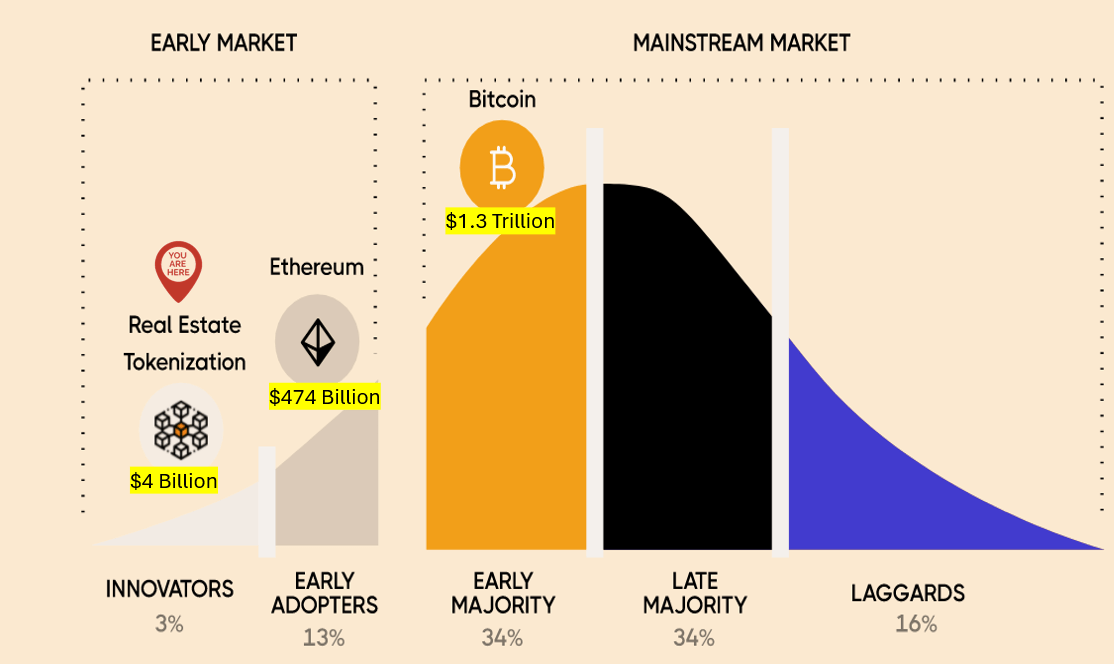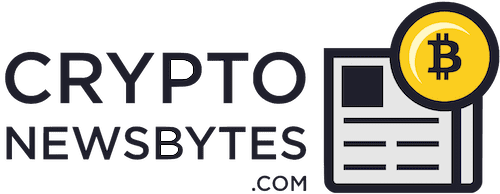- The tokenization of financial assets is a quiet revolution that has the potential to redefine investing, bringing efficiency, transparency, and accessibility.
- Blockchain technology enables the secure representation and digitization of various financial assets, streamlining transactions and reducing costs and processing time.
- Visionary leaders, financial institutions, and regulators are recognizing the potential of tokenization and taking steps to embrace it, despite challenges, paving the way for a transformed investment landscape.
In the midst of the exhilarating Bitcoin bull run, it is crucial not to overlook a more profound narrative that is quietly gathering momentum. As we transcend the immediate highs and lows of the cryptocurrency markets, we bear witness to a momentous revolution: the tokenization of financial assets. This movement has the potential to redefine the very essence of investing, liberating it from the shackles of archaic systems and introducing a new era of efficiency, transparency, and accessibility.
The Archaic Financial World
Let’s face it: the financial world as we know it is antiquated. It is a convoluted labyrinth of intermediaries, from brokers and banks to clearinghouses, each extracting their share of the pie and impeding the pace of transactions. In a world empowered by instantaneous global communication, why does the transfer of asset ownership still resemble the sluggishness of sending a letter by snail mail?
The Transformative Power of Blockchain Technology
Enter blockchain technology, a concept that transcends mere buzz and speculation. At its core lies a truly transformative idea: the representation of every financial asset securely and digitally on a blockchain. This revolution extends beyond cryptocurrencies; it encompasses everything from stocks and bonds to real estate.
Larry Fink, the CEO of BlackRock, has emerged as a prominent advocate for “the tokenization of every financial asset.” His vision has ignited a spark that resonates throughout the financial industry. Fink is not alone in his pursuit; estimates suggest that by 2030, tokenized “real-world assets” could amass a staggering value of $10 trillion.
Real Estate Tokenization: A Paradigm Shift
Consider the realm of real estate tokenization, where blockchain technology has the potential to revolutionize the buying and selling process. Imagine a world where acquiring a house no longer necessitates the costly and time-consuming procedures of title searches and title insurance. Thanks to blockchain, every property transaction can be recorded securely and immutably, creating a transparent and easily accessible history of ownership and liens. In essence, it’s akin to having a CarFax for real estate.
This newfound transparency dramatically reduces the need for title insurance and associated due diligence, substantially slashing costs for both buyers and sellers. Furthermore, with the automation and verification capabilities of smart contracts, what was once a weeks-long process can now be completed within days or even hours. This streamlined approach ensures accuracy, security, and expediency, transforming the entire real estate purchasing journey.

Navigating the Roadblocks
While the potential of tokenization to reshape the landscape of investing is immense, it is essential to acknowledge the challenges that lie ahead. From technological hurdles to regulatory complexities, the path is not without obstacles. The Securities and Exchange Commission (SEC), for instance, has yet to provide a clear regulatory framework. Consequently, a significant portion of tokenization efforts must be executed in foreign countries like Dubai or El Salvador, especially for secondary market trading.
However, the tides are turning. Pioneering initiatives such as UBS’s digital bond and BlackRock’s tokenized money market fund exemplify how traditional financial giants are embracing innovation. Moreover, the adoption of blockchain by banks like HSBC for settlement in repurchase agreements demonstrates that even the old guard is capable of learning new tricks.
Regulators, too, are beginning to recognize the potential of blockchain to revolutionize finance. The United Kingdom, the European Union, and even the United States are experimenting with regulatory “sandboxes” that enable financial institutions to test the waters of tokenization within a controlled environment. This shift signifies not just bureaucratic formalities but a genuine willingness to adapt and accommodate the transformative power of blockchain technology.
Embracing the Future: Tokenization as the Main Event
In light of the buzz surrounding Bitcoin and Ethereum, it is crucial to recognize that these cryptocurrencies merely serve as precursors to a far more significant opportunity. The tokenization of assets is not an inconsequential sidebar in the blockchain narrative; it is the main event. It represents a seismic shift that promises to enhance the efficiency, transparency, and accessibility of investing.
Undoubtedly, challenges lie ahead, reminiscent of the hurdles faced by Ethereum and Bitcoin. However, the potential of tokenization to reshape the investment landscape is too significant to dismiss. For those ingrained in traditional methods, it serves as a resounding wake-up call. The future lies in tokenization—a future where the real estate displayed on your screen possesses the liquidity akin to cash in your wallet, and investing in a startup on the other side of the world is as effortless as purchasing a book online.
Conclusion
In the midst of the Bitcoin bull run, we must not ignore the significant shift happening—tokenization of financial assets. This quiet revolution has the potential to redefine investing, bringing efficiency, transparency, and accessibility. Visionary leaders, institutions, and regulators recognize its immense potential. Tokenization is not a footnote; it’s the main event reshaping the investment landscape. As we embrace this transformative journey, countless opportunities await in a future where tokenization unlocks boundless possibilities.
Disclaimer
The information provided in this article is for informational purposes only and should not be considered financial advice. The article does not offer sufficient information to make investment decisions, nor does it constitute an offer, recommendation, or solicitation to buy or sell any financial instrument. The content is opinion of the author and does not reflect any view or suggestion or any kind of advise from CryptoNewsBytes.com. The author declares he does not hold any of the above mentioned tokens or received any incentive from any company.





